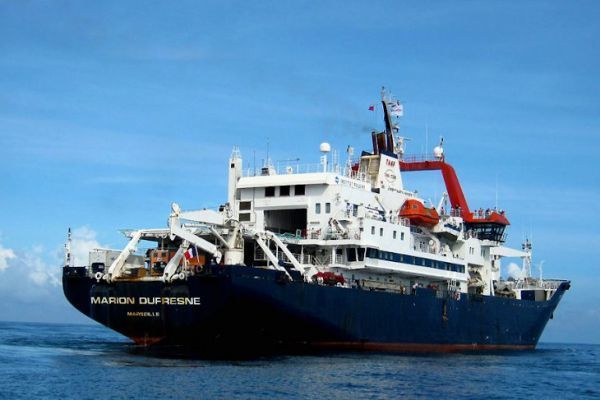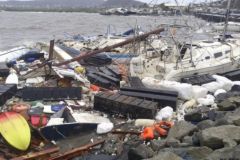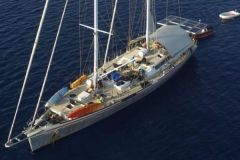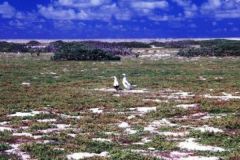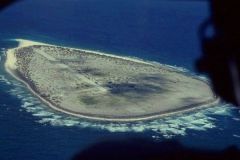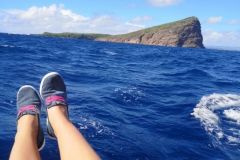In order to face all year long the roaring forties and the howling fifties for the " islands of Desolation "To do this, an exceptional ship is needed: the Marion Dufresne 2. The latter tirelessly carries out its rotations in the Austral and Spartan Islands. What is this ship of the French Southern and Antarctic Lands, or TAAF, and what are its missions?
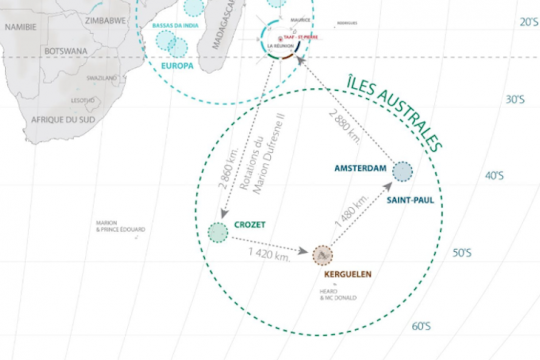
The Marion Dufresne 2
The Marion Dufresne 2 is an oceanographic supply and research vessel of nearly 120 meters long and 20 meters wide. It is named after Marc Joseph Marion du Fresne, a French explorer of the eighteenth century. This Malouin navigator discovered, in 1772, several islands including the Crozet Islands, Marion Island and Prince Edward Island.
The Marion Dufresne 2, with its nickname " the Marduf "is the second ship to bear this name. It can carry up to 114 passengers with a crew of 46. Its autonomy, very important during the rotations, is two months. It can travel at a maximum speed of 16 knots thanks to two electric motors of 3,000 kW each.
Owned by the TAAF, the Marion Dufresne 2 is armed by Louis Dreyfus Armateurs, LDA, since May 2017. This major shipowner is a French family-owned group that has existed since 1890.

The missions of the Marion Dufresne 2
The versatile Marion Dufresne 2 is used nearly a third of the time, or 120 days a year, by the TAAF to provide, on average, four rotations in the French islands of the Indian and Southern Oceans. The ship is also dedicated to oceanographic research for 217 days each year.
It allows to ensure various missions:
- transporting cargo to scientific stations on remote islands,
- transport of personnel thanks to its 114 passenger seats,
- refueling of remote bases,
- scientific missions with Ifremer.
He also sometimes participates in rescue operations, for example during the 2016 Vendée Globe race, where he rescued French skipper Kito de Pavant.
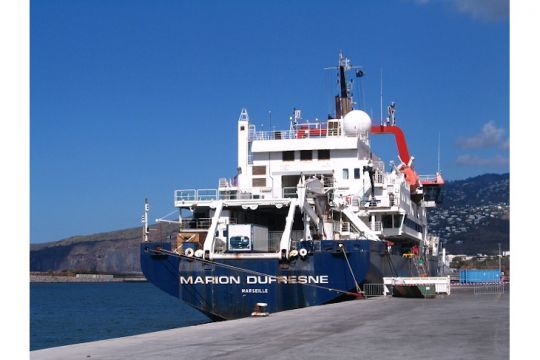
Scientific missions
Even if it is better known for its logistical work in the French sub-Antarctic islands, the Marion Dufresne 2 is a scientific ship that is very well known in the world. It has state-of-the-art equipment in all fields of oceanography, except fisheries. It works in the fields of marine geosciences and biological and physical oceanography.
For example, it is one of the only vessels in the world that can take sediment cores up to 60 meters long. On board, 650 m² are dedicated to research laboratories.
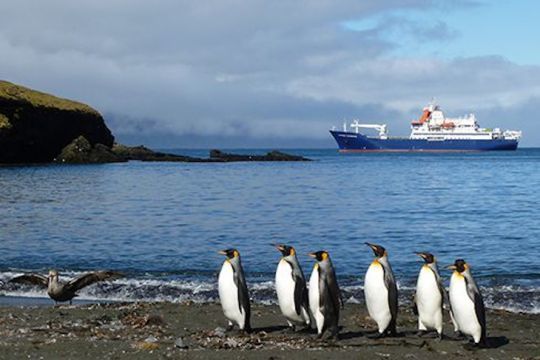
The supply of the Austral Islands
As part of its missions to supply the Austral Islands, the Marion Dufresne 2 transports the freight, passengers and diesel needed by the scientific bases located in Kerguelen, Crozet and Amsterdam. These lands, listed as World Heritage by UNESCO, are sanctuaries of biodiversity. Their isolation and their classification as a nature reserve allow us to preserve this unique environment.
In addition, the Marion Dufresne 2 regularly makes, every two or three years, the tour in the Indian Ocean's scattered islands. These islands, little known, are located around Madagascar. They are part of the French Southern and Antarctic Lands. Among these islands, we find Tromelin, the archipelago of Glorieuses, the islands of Juan de Nova and Europa, but also the atoll Bassas da India.
A few privileged tourists embark on board the Marion Dufresne 2 during its rotations, in order to discover these islands at the end of the world: an extraordinary journey in perspectiveâeuros¦ Some have been able to produce magnificent works, such as the Trip to the Islands of Desolation by Emmanuel Lepage.
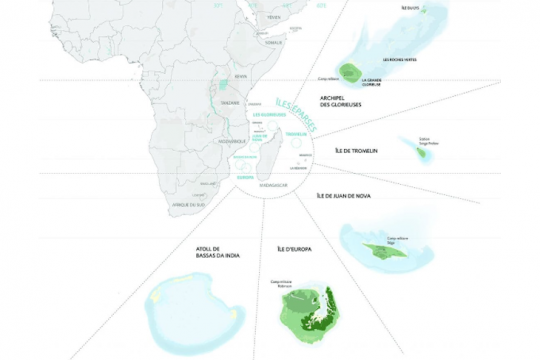

 /
/ 